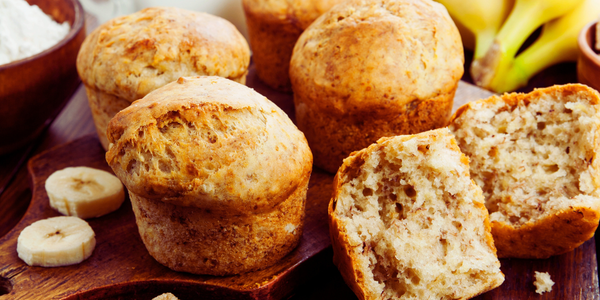Understanding Teas: the Difference Between Black, Green, and Purple Tea

While coffee may be more popular than tea in many parts of the world, some people in other parts of the universe, cannot live a day without consuming tea. In fact, some people experience severe headaches if they stay for long hours without drinking tea. If you are not much of a tea drinker, read along to understand what it is, the different types, its benefits, and how to consume it in healthy doses.
What is Tea?
Any beverage that qualifies as tea must have its origin from a plant known as camellia sinensis. It is the plant from which “true tea” originates, but there are many variations of the product. The most common are black, green, and purple teas. The type is determined by the processing method that the raw product undergoes. The main constituents in all kinds of teas are caffeine and antioxidants.
At this point, it is crucial to point out that herbal tea is not a type of tea despite the name. However, while herbal tea may be lacking the components of authentic tea, it has many health benefits. It can treat inflammation, kill bacteria, refresh the mind, lower blood pressure, replenish vitamins, eliminate bad breath, protect the teeth from decay, protect cells from cancer, and remove fatty deposits from the blood system, among many other benefits.
Tea Varieties
Black Tea
Black tea is the most popular worldwide, especially in Northern America and Europe. It is mostly grown in Sri Lanka, China, and India. Due to its increasing popularity, black tea is mainly produced in large tea estates. The processing technology is also getting more advanced over time.
Black tea is made from highly oxidized withered tea leaves, which undergo the process to darken and enrich them in flavor. The amount of caffeine in a cup of black tea is almost half as much as that in a cup of coffee. It is available in different varieties and flavors depending on where it is grown.
Green Tea
Green tea is popular in Japan and China, but it is quickly finding its way to American homes. It is high in antioxidants. As soon as the leaves are harvested, they are subjected to heat to stop oxidation hence preserving the green color and natural amino acids and oxidants. The leaves are then rolled and fired after heating, and the end product contains only about a quarter of the caffeine in a similar amount of coffee.
Purple Tea
Purple tea is a type that puts together the health benefits of both black and green tea, bringing out a unique advantage. It is common in some African countries, mostly Kenya, where it is grown in high altitude areas of between 4,500 and 7,500 feet. The plant produces high levels of antioxidants that protect the leaves from damage, resulting in the purple color as it grows.
It contains the same powerful anti-oxidants common in blueberries, but in higher amounts. Purple tea is beneficial because it is known to increase vision, prevent cancer, improve blood sugar metabolism, and aid in reducing cholesterol levels.
Others
Other varieties of teas include the oolong tea, which is more delicate and smoother than black tea. The leaves are oxidized under direct sunlight, to a point where they produce a fragrance similar to that of apples or peaches. The caffeine levels are also slightly higher than those of black coffee.
Then there is white tea which is the least produced variety. It is harvested from the buds and does not undergo oxidation or rolling, but instead, the leaves are dried to yield sweet notes. White tea has very little caffeine.
In Conclusion
With this understanding, you are better placed to decide which type of tea suits your lifestyle. It is best to try them all first before settling for the one that best appeals to your taste buds. However, remember that not all leaves that get added to water qualify as tea. When buying tea, look for companies that provide information about the origin of the tea, how it was processed, where it was grown, and most importantly, how long it has been cured since it was harvested. Good tea has a shelf life of about two years. Store it away from heat, light, and strong scents.
Image credit: Pexels.com
Sign up for FD's newsletter
The freshest stories from the food and dating world every week.




